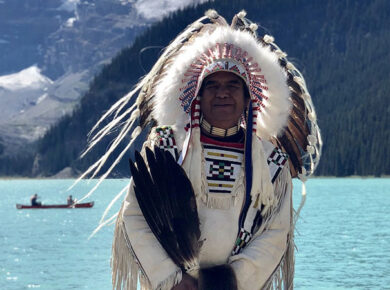The history of the native American education system is a long and complicated one. There have been many changes over the years, with different tribes having their own individual systems, and it is funded in a variety of ways today. In order to provide a brief overview of this history, we will focus on three specific topics: the changing landscape of education for Native Americans, the challenges faced by these communities in accessing quality education, and the recent efforts to improve native American education.
The Changing Landscape of Education for Native Americans
The first topic we will address is the changing landscape of education for native Americans.
Historically, Native American children were educated in a variety of ways. Some tribes had formal schools that were run by the government or religious organizations, while others relied on informal methods such as apprenticeships and storytelling. However, all of these methods were based on the belief that children should learn about their culture and history in order to be successful in life.
This began to change in the late 1800s when the United States government began forcing Native American children into government-run schools. These schools were often located far from native American reservations, and they were designed to assimilate Native American children into mainstream American culture. This assimilation process was often forceful and traumatic for children, and it led to the loss of many native American cultures and traditions.
The government-run school system continued until the 1970s when a new movement began to promote the use of culturally relevant curricula in native American schools. This movement was based on the belief that children would be more successful in school if they were taught in a way that respected their culture and history.
In recent years, there has been a push to create more bilingual and bicultural education programs for Native American students. These programs are designed to help students learn about both their native culture and the mainstream American culture, and they are often seen as a way to bridge the gap between the two worlds.
The Challenges Faced by Native American Communities in Accessing Quality Education
The second topic we will address is the challenges faced by Native American communities in accessing quality education.
One of the biggest challenges facing these communities is the lack of resources. Many native American reservations are located in remote areas, and they often do not have the same level of funding as other schools in the United States. This can make it difficult for native American students to get the same quality of education as their peers in other parts of the country.
In addition to the lack of resources, native American students often face discrimination in the education system. This includes everything from being treated differently by teachers and administrators to being segregated into lower-performing schools. This discrimination can make it difficult for native American students to succeed in school, and it can lead to a sense of isolation and frustration.
Recent Efforts to Improve Native American Education
The third topic we will address is the recent efforts to improve native American education.
One of the most important initiatives has been the creation of tribal colleges and universities. These schools are designed to meet the unique needs of Native American students, and they offer a variety of programs that focus on tribal history and culture. In addition, many tribal colleges and universities offer scholarships and financial aid to help native American students pay for their education.
Another initiative that has been working to improve Native American education is the No Child Left Behind Act. This law provides funding for schools that serve disadvantaged populations, and it includes a number of provisions that are designed to improve the quality of education for all students. One of these provisions is the requirement that all schools test students in reading and math, and another is the requirement that schools make adequate yearly progress in these areas.
Last Thoughts
While these initiatives have made some progress in improving native American education, there is still much work to be done. Native American students continue to face many challenges, and it is clear that more needs to be done to ensure that they have the same opportunities as other students in the United States.







